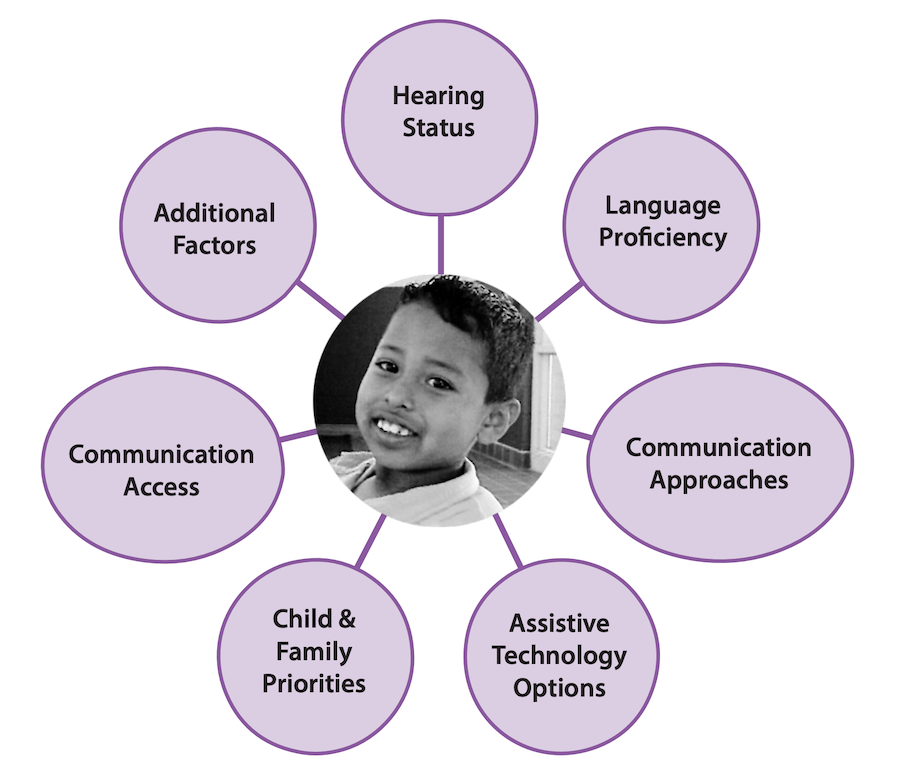Guidelines for the Assessment and Educational Evaluation of Students Who are Deaf or Hard of Hearing
Introduction
The Guidelines for the Assessment and Educational Evaluation of Students Who are Deaf or Hard of Hearing is a collection of suggestions for families and professionals designed to help teams determine what to include in an educational evaluation along with recommendations for administration. The purpose of these guidelines is to provide you with current best practices in the assessment and evaluation of deaf and hard of hearing students.
To obtain a true measure of a student’s achievement and abilities, assessment instruments must be administered in their primary language and preferred mode of communication – whether signed or spoken. Many assume that in situations where a child has hearing aids or is implanted, the child is able to function and learn just like a typically hearing child. While this may be true for some children, there are many for whom it is not.Eliminating communication barriers when evaluating children who deaf or hard of hearing is a crucial starting point for developing rapport with each student before initiating an evaluation. It also is essential for collecting valid and reliable data that will successfully drive the development of an appropriate plan. In addition, along with language, the following image highlights an array of additional considerations when evaluating and supporting a child who is deaf or hard of hearing:

Each child’s experience and development is unique and must be considered individually, carefully, and thoroughly. Their progress must be assessed within the context of their medical, developmental, language and family histories. This includes factors such as:
- How soon was the hearing loss identified?
- How severe is the loss and is it stable, fluctuating, or progressing over time?
- Are supports in place to help families build vocabulary and language skills using their child's communication modalities?
- Have other varying effects on other aspects of the child’s development been considered and explored in an informed manner based on the etiology or cause of a child’s hearing loss?
In sum, there is much for evaluators to educate themselves about prior to assessing a child who is deaf or hard of hearing. The assessment process cannot be taken lightly, as it will determine the course of the child’s education and creation of an intervention plan. Together, we can make a meaningful impact in Ohio on the learning trajectory of students who are deaf or hard of hearing, ensuring that we gain an accurate understanding of their cognitive, learning, and psychosocial needs through our evaluations.